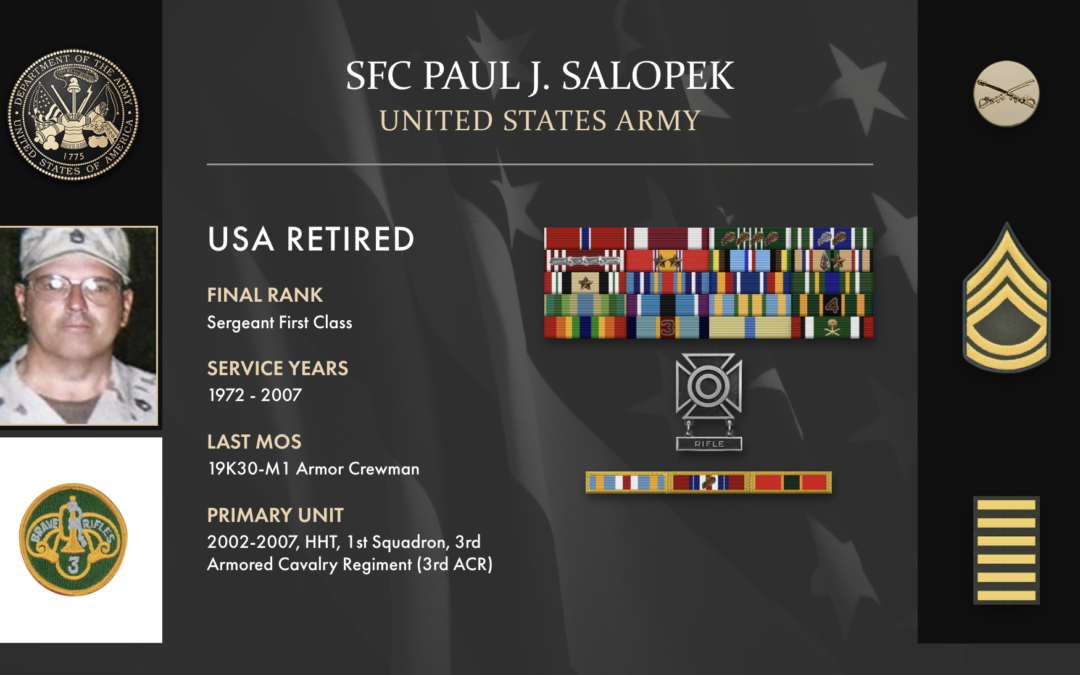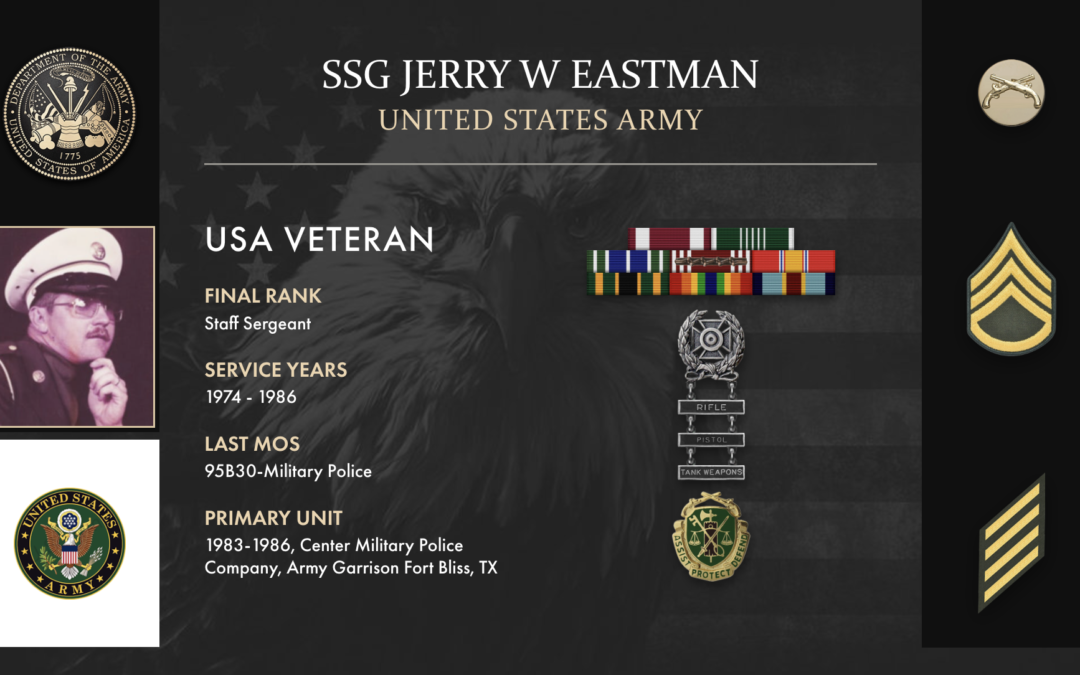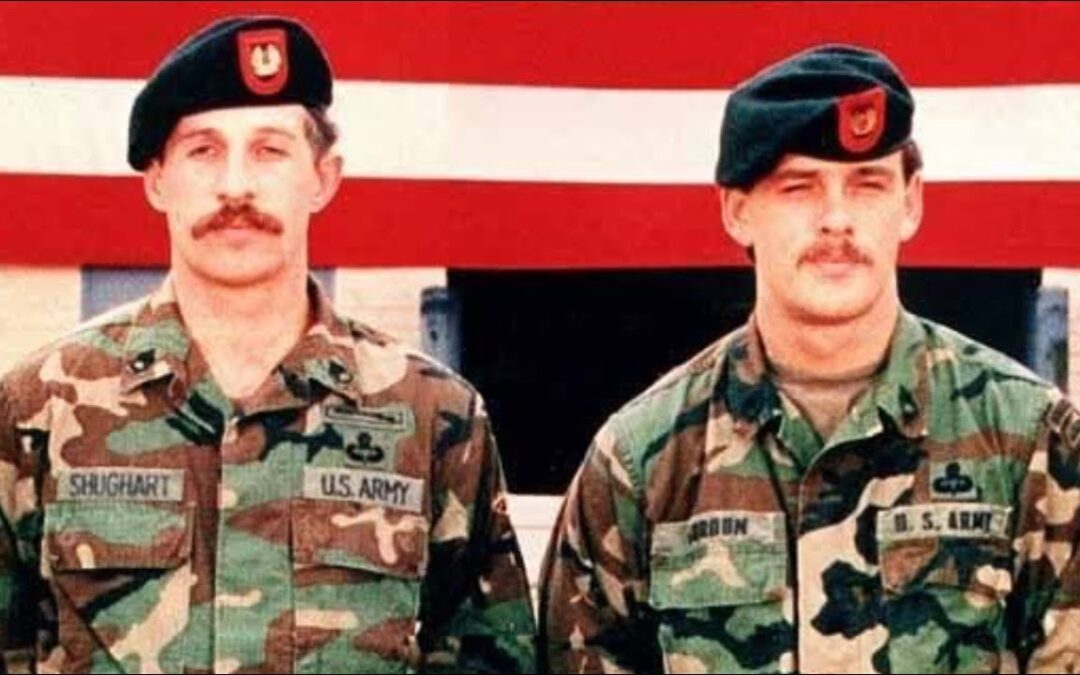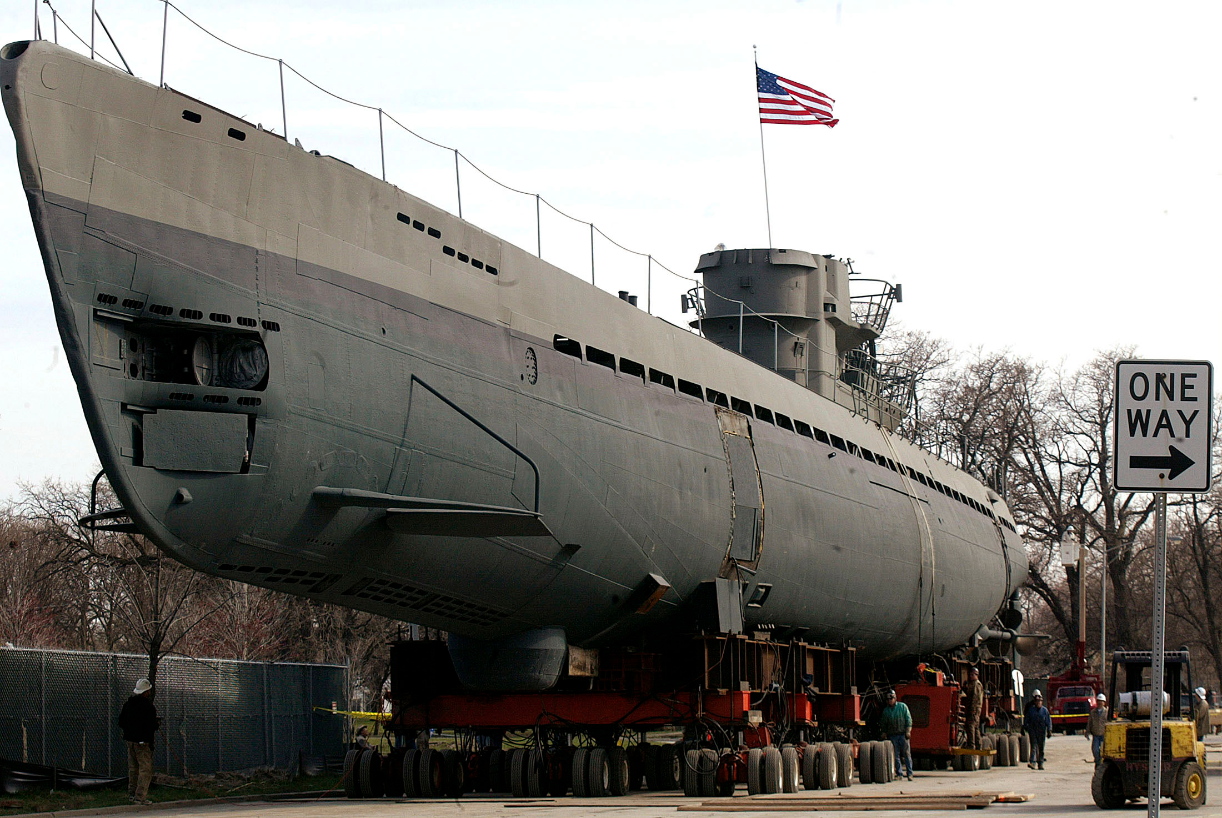I met a fellow student at Johnson & Wales Jr. College in Providence, RI, in 1964, and talked about going into the military. He had served in the Coast Guard and highly recommended completing my military service in the Coast Guard.


I met a fellow student at Johnson & Wales Jr. College in Providence, RI, in 1964, and talked about going into the military. He had served in the Coast Guard and highly recommended completing my military service in the Coast Guard.

I was 33 years old and was getting laid off from Westinghouse Electric East Pittsburgh Division. I needed a place where I could get a quick pension and earn enough to pay my mortgage. My wife and I went to the Air Force recruiter and could not get my age down enough to join the Air Force. He took us to the Army recruiter. He asked what MOS I held last time when I got drafted; I told him 24D20 and helped out with Special Forces. He asked if I wanted to go to SF, and I told him I was 33 years old and couldn’t run like a teenager anymore. I asked about a 51M fireman with no luck. I asked about my 88H, and he said no, so I asked about a 91B medic, and he said no. He told me I could be a Tanker or a Mechanic on the tank. I said I was a Mechanic, and it’s a thankless job, so make me a tanker. So, I became a Tanker, 19A3, M47/M48 Tanker. I was one of the few tankers that was qualified on the M47, M48 Tank, the M60 family, and the M1 family to the M1a2 SEP. I was told by an old tank that for every hour you ride a tank, you have to put seven hours of good maintenance on it. I lived by this rule, and my tank was always ready. There have been times that Murphy has bit me in the behind, but those times are few and far between. I knew that being a tanker, I would have to spend long times in the field. I averaged about 250 days a year. I had times when I could have left being a tanker, but I stayed with it. Even when I was a 92Y, I still went and got my range card. I would still run tank ranges along with other ranges. I was the go-to guy for a quick range. My weapons card started with 120mm, 105mm, 25mm, 40mm, M79, M203, shotgun, 50 cal, Belgian, 240 m240, all types, M14, M16, M-4, 45 cal, 9mm 38cal m82a1, m67 grenade I had the long list of weapons on any weapons card. They always asked about the shotgun. I told them it’s been a while, but I still remember.

His decision to join the Air Force was influenced by his deep sense of duty, patriotism, and a strong desire to serve his country. Inspired by the values instilled in him from a young age, he sought a career that allowed him to contribute meaningfully while honing his skills in aviation and leadership.

My dad, who had served in the Army’s 100th Infantry as part of a mortar crew, serving in the southwestern region of Germany in 1944-45, suggested that if I had to go (I had received my draft notice in the fall of 1966), then anything would be better than the Army. His reasoning was that it was better to die in a clean bunk than a dirt foxhole. Upon my return from my initial medical screening at Fort Knox, I knocked on the door of the only recruiter in town —the Navy.

I had always wanted to be in the military ever since I was a child. I was sure I wanted to join the US Marines and studied them while growing up. However, that was not to be the case, as my cousin, who is nine years older than I and was one of my primary babysitters growing up, went into the Marine Corps, became a sniper, and was in Vietnam during the Tet Offensive in 1968. Upon his return, he basically threatened me that if I even got close to a marine recruiter or office, he would personally “kick my butt.”

The story of Gary Gordon and Randy Shughart is one of the most extraordinary acts of bravery and self-sacrifice in modern military history. Both were soldiers; U.S. Army Delta Force members who gave their lives trying to protect their fallen comrades in the face of overwhelming odds. It came in 1993, during the Battle of Mogadishu, famously depicted on the screen in the 2001 film, "Black Hawk Down." Gary Gordon and Randy Shughart Faced Chaos American forces in Somalia were looking to capture the Somali warlord Mohamed Farah Aidid. On Oct. 3, 1993, the U.S. launched an operation aimed at capturing two of his top lieutenants during a meeting in the middle of Mogadishu. It was supposed to be a quick, relatively simple mission. Delta Force soldiers would assault the building from MH-6 Little Bird helicopters while U.S. Army Rangers fast-rope into the area from MH-60L Black Hawks and secure four points around the target building. A convoy of 12 vehicles would then swoop up the...

I graduated from high school on May 23, 1975, and I had originally planned to attend Vincennes University to become a Conservation Officer. My dream was to be a police officer, but I could not afford the tuition at the time. In June 1975, SSgt Terry Johnson, USAF Recruiter, called from his office in Logansport and asked me to come over and talk with him. He provided me with the option to join the USAF as a Security Police officer, with the guarantee that after Basic Training, if no SP positions were available, I could cross-train to another field or process out with an Honorable Discharge. I figured Uncle Sam would always need cops, so I headed to the AFEES at 141 S. Meridian in Indianapolis on July 10, 1975, for my physical and took an oath to serve, protect, and defend the United States as a member of the USAF Reserve. I went home to finish my work schedule and returned to Indianapolis on October 2, 1975, where I went on active duty in the USAF.

A classmate introduced me to the idea of joining the Coast Guard, something I knew little about at the time. Curious, I met with a recruiter, and after watching their video, I was sold. It looked like a great opportunity to serve while furthering my education. My friend and I planned to enlist together through the “buddy system,” but in the end, I got in, and they didn’t. Looking back, it was one of the best decisions I ever made.

I was drafted into the military during the Vietnam War and decided to join the Navy instead of entering the Army. My late uncle, a career Navy man, said to me when I was young, “Son, if you ever have to join the military, join the Navy. “You get three squares a day and a dry place to sleep!” I remembered those words, and when it came time to enlist, it was the Navy for me. The strange thing is that I realized that I really did find a home once in the Navy. I enjoyed the self-discipline you had to have to succeed in the military and found that I really liked my job and the shipmates I served with. I was out of “A” School and at my first command for about a month when I was ordered to sea. I enjoyed sea duty, especially the days steaming underway. I found the solace of being at sea very enjoyable. I was having such a great time in uniform, and I decided to keep re-enlisting and ended up with a wonderful 24-year career.

I thought after high school that I might go into the Navy. However, my brother was killed in an accident in the Army, and my mother did not want me to attend, so I didn’t. I floundered around for two years, trying college, working for Transcontinental Bolt Company selling tools, nuts, and bolts door-to-door to farmers in western PA, and then working at Wendy’s. My father was a Marine during WWII. After a bad day at Wendy’s, I went home and announced that I was going to the Marine recruiting station. Dad, would you like to go with me? He did, we went, and I left for the Marines shortly thereafter.

The United States government organized the American Volunteer Groups to aid the Nationalist government of China against Japan in the Second Sino-Japanese War. The only unit to actually see combat was the 1st AVG, popularly known as the Flying Tigers. Air Force TWS to date lists thirteen remembrances for deceased members of this unit.

In June 1971 I planned to enlist in the Navy Reserve as a Personnelman, which was guaranteed because I was a Navy Sea Cadet and did US Navy Reserve Boot Camp in 1968 and did a 2 week cruise on the USS Lexington (CVT-16). A complication for my future is that I decided I wanted to become a Hospital Corpsman. That meant Class A School, then Fleet Marine training and then 2 years active duty. Well, I was 6’3″ and weighed 136lbs.. Me hauling a Marine out of a firefight was laughable with my physique and I had my first existential crisis.I. The only logical thing to do (given my age and the fact that my draft lottery #32) enlistin the Air Force for 4 years and by the grace of God and my big mouth, I bypassed Air Force BMT and did the briefest amount of medical training the Air Force offered: Medical Helper. It was pretty amazing Drill Sergeant, I don?t intend to be disrespectful, but I already know this stuff; in fact I taught it in my Navy Sea Cadet unit?. His response: Would you like to become an assistant drill Airman or some such thing (I got a 100% on the test)? No Sergeant, I enlisted to become a medic. A year or so later I found out that the Air Force took my entire BMT Flight and made them all Security Policemen. My evidence was a Security Clearance form with the AFSC for Security Police. Thank you, Jesus, for giving me my assertive and fearless mouth and mind to seldom take for an answer.